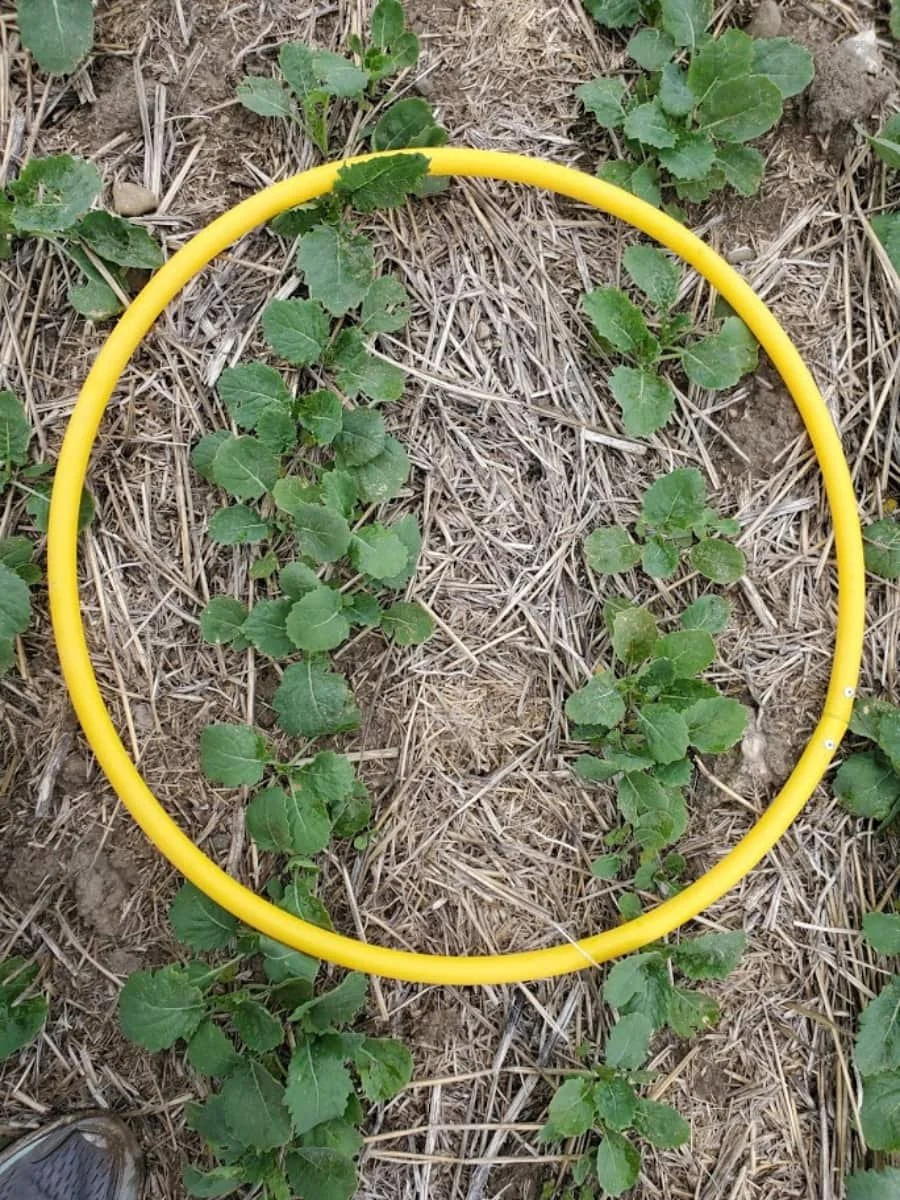Five agronomy priorities for canola
The Canola Council of Canada agronomy team has set five agronomy priorities to drive canola profitability, sustainability and productivity gains over the long term.
By Clint Jurke
The Canola Council of Canada’s five agronomy priorities, when implemented fully in every field, will improve canola yield and profitability, and will help to ensure success with the crop.
1. Use 4R nutrient management practices
All farms will benefit from applying the right fertilizer products at the right rate, right time and right place to improve yield, reduce nutrient losses and increase profits. These are the 4Rs of nutrient management. One-pass seeding into standing stubble, a fairly common practice, is an excellent foundation for 4R. Canola Council of Canada (CCC) agronomy specialists also encourage farmers to use soil tests and set fertilizer rates based on soil-test recommendations. Canada’s canola industry has a goal to see 4R practices utilized on 90 per cent of canola acres by 2025. Go to canolacouncil.org/4R for more details on the goal and on 4R practices.
2. Choose the best seed traits for each field
Try new cultivars all the time. Yield lost to incorrect cultivar choice may be a greater risk than yield gained by choosing the highest-yielding cultivar. The best seed traits can include disease resistance specific to risks for each field, maturity to match crop establishment and harvest timing goals, and pod-shatter resistance to harvest more of the crop. Use the tool at canolaperformancetrials.ca to compare cultivars.
3. Achieve a uniform 5 to 8 plants per square foot
Hybrid canola studies in Western Canada show that a stand with five to eight plants per square foot is best to maintain the yield potential of canola. Uniformity is also key. To simplify pest management and harvest timing, try to achieve the target population across the field and have all plants at the same growth stage. To set seeding rates that will achieve the target stand, use the calculators at canolacalculator.ca. For more agronomy tips, read the Plant Establishment chapter at canolaencyclopedia.ca.
4. Identify and manage the top yield robbers
Canola growers can find all kinds of pests and problems in their fields. The key is to focus time and inputs on the most important yield loss factors. Scout regularly to see what pests, environmental factors or mechanical issues (seed placement, sprayer settings, etc.) cause the greatest loss for each field. Find scouting and management tips for flea beetles, sclerotinia stem rot and all other major pests in the Diseases, Weeds and Insects chapters at canolaencyclopedia.ca.
5. Harvest all seeds and deliver them at No.1 grade
We want canola growers to deliver every seed at No.1 grade, and leave none behind. To do this, growers have three steps: One, give all seeds time to mature. Two, harvest with minimal losses. And three, store canola without spoilage. Grower survey results suggest that canola growers, in general, may achieve yield improvement through later swathing. The survey also showed that straight combining is associated with higher yields in the southwest Prairies. The Harvest and Storage chapters at canolaencyclopedia.ca have tips for all three steps.
Clint Jurke is director of agronomy for the Canola Council of Canada. Email jurkec@canolacouncil.org.
To reach yield potential and to simplify pest management and harvest timing, aim for a stand of five to eight plants per square foot across the field and to have all plants at the same growth stage.
4R nutrient management, with principles based on the right fertilizer products applied at the right rate, right time and right place, can improve yield, reduce nutrient losses and increase profits.


